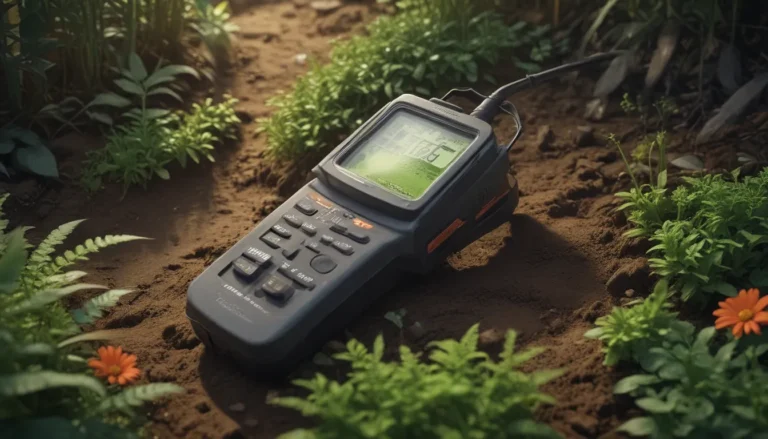A Comprehensive Guide to Transplanting Blueberry Bushes

Blueberries are a favorite among home gardeners due to their ability to produce sweet and juicy fruits year after year with minimal effort. However, there are times when these low-maintenance shrubs may need to be relocated for various reasons.
Transplanting blueberry bushes is a simple process that can be done successfully if you follow a few key guidelines. In this article, we will explore the best practices for transplanting blueberries to ensure minimal damage to the plants and maximum fruit production.
Why You Might Need to Transplant Blueberry Bushes
There are several reasons why you might consider transplanting your blueberry bushes:
- You have propagated new bushes and need to move them to a different location.
- The current plants have outgrown their space or are not thriving in their current environment.
- You are moving to a new location and want to take your well-cared-for bushes with you.
Regardless of the reason, knowing how to transplant blueberry bushes can help ensure a successful transition for your plants.
The Best Time to Transplant Blueberry Bushes
Timing is crucial when it comes to transplanting blueberry bushes. It is best to transplant them during their dormant period to minimize stress on the plants. For blueberries, the ideal transplanting window is usually between November and March in mild climates. In colder regions, it is best to transplant after the leaves have fallen in the fall but before the ground freezes, or in early spring once the ground is workable.
Container plants offer more flexibility in terms of transplanting time since their feeder roots are less likely to be disturbed. However, it is still advisable to avoid transplanting during the hot summer months.
Choosing the Right Location
Before transplanting your blueberry bushes, ensure that you have selected a suitable site for them to thrive. Blueberries prefer full sun and well-drained acidic soil with a pH between 4.0 and 5.0. You can use a home test kit to determine the pH of the soil and make any necessary amendments to adjust the acidity level.
If the soil is too alkaline, you can add organic materials like peat moss, shredded pine bark, or composted leaf mold to increase acidity. Sprinkling used coffee grounds at the planting site can also help improve the soil’s acidity.
Transplanting Tips
When you are ready to transplant your blueberry bushes, follow these steps for a successful relocation:
- Digging Up the Shrub:
- Use a flat shovel to dig around the plant about a foot away from the stem.
- Carefully slide the shovel under the roots and lift the plant out of the ground.
-
If transplanting a potted plant, gently loosen the soil around the perimeter with a garden knife.
-
Preparing the Plant for Transplanting:
- If the plant is root-bound, gently pry apart the ends of the roots.
-
Replant the blueberry bushes immediately after digging them up.
-
Replanting the Blueberry Bush:
- Dig a hole slightly larger than the root ball and add organic matter to the soil if needed.
- Place the shrub in the hole and backfill with soil.
- Mulch around the plant with pine needles or shredded pine bark.
Watering Your Transplanted Blueberry Bushes
After transplanting, it is essential to water your blueberry bushes regularly to help them establish in their new location. Blueberries have shallow roots that can dry out quickly, so consistent watering is crucial. Ensure that the top inch of soil remains moist at all times and provide at least an inch of water per week, increasing to four inches during fruiting.
Using a soaker hose can help deliver water directly to the roots, promoting healthy growth and fruit production.
Conclusion
Transplanting blueberry bushes is a simple process that can help revitalize underperforming plants or relocate them to a more suitable environment. By following the tips outlined in this guide, you can successfully transplant your blueberry bushes and enjoy a bountiful harvest for years to come.
Have you ever transplanted blueberry bushes? Share your experience in the comments below, and don’t forget to explore our other blueberry growing guides for more helpful tips:
- How to Grow Blueberries
- Top 10 Blueberry Varieties for Home Harvests
- Tips for Growing Highbush Blueberries in Your Garden
- How to Protect Blueberries from Birds
Remember, with the right care and attention, your blueberry bushes will thrive in their new home and reward you with delicious fruits every season.
Enjoy your gardening journey, and happy transplanting!
*





